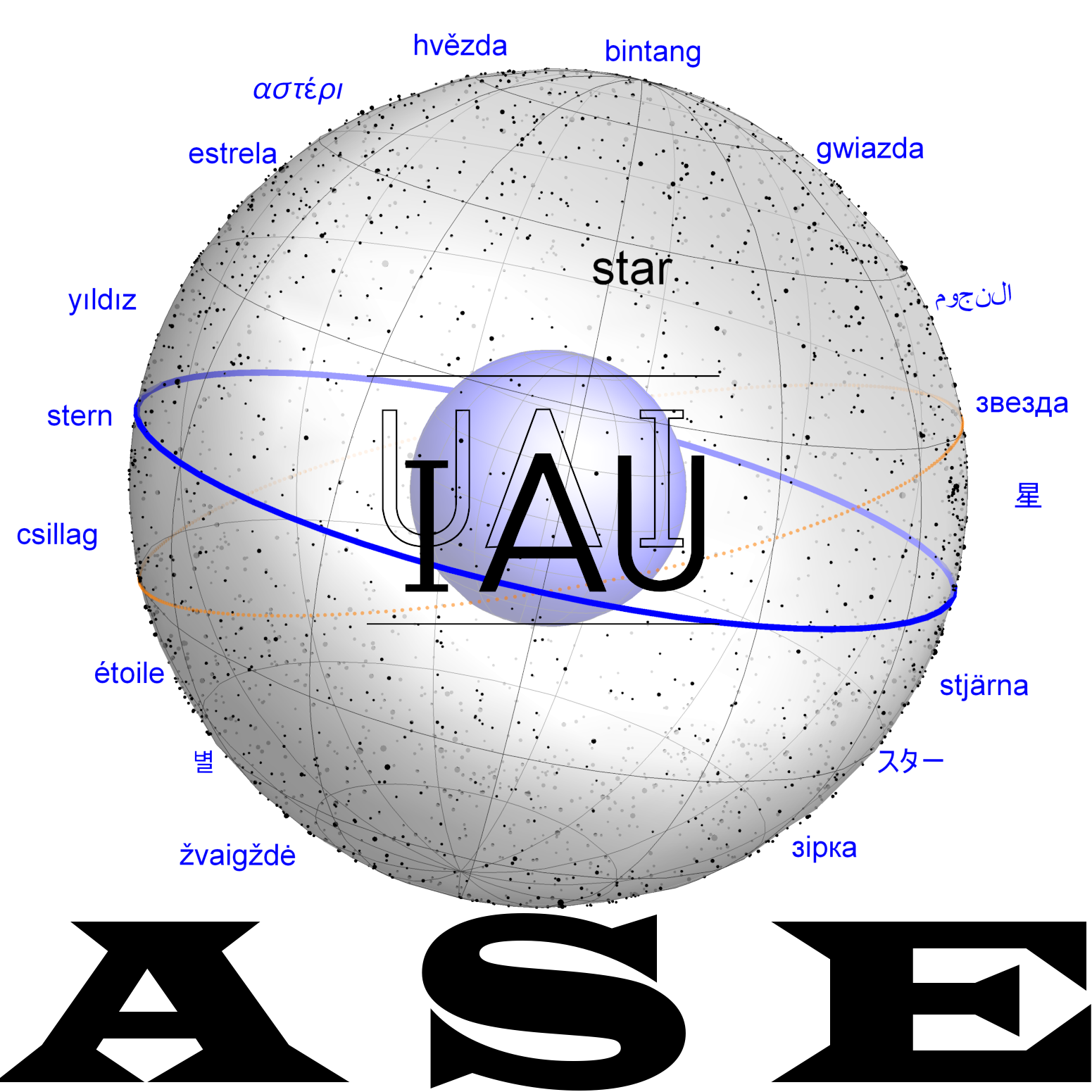Musca: Difference between revisions
No edit summary |
|||
| Line 11: | Line 11: | ||
<gallery> |
<gallery> |
||
File:Musca Bayer1603.jpg|Musca labelled as "Apis", The Bee, in Bayer (1603). |
File:Musca Bayer1603.jpg|Musca labelled as "Apis", The Bee, in Bayer (1603). |
||
File:Mus Fortin1795.jpg|Musca in Fortin's Atlas Céleste, 3rd edition (1795). |
|||
</gallery> |
</gallery> |
||
Revision as of 18:01, 26 January 2025
One of the 88 IAU constellations. The constellation was invented by Dutch sailors in the 1590s, perhaps a navigation aid.
Etymology and History
Origin of Constellation
The Southern Cross, today's constellation Crux, had been used for almost a century by the time of the invention of Musca. A kite-like pattern of stars, however, is not unique in the sky, and sailors had occasionally misnavigated with the asterism of the False Cross (a pattern of stars in Vela). It is somehow striking that the same Dutch sailors who enlarged the body of The Ship, Argo, so that it contains the False Cross, also created this extra constellation next to the real cross (Crux). They do not give any explanation for their inventions but the practical purpose seem obvious as their Hydrus also curled towards the south pole.








